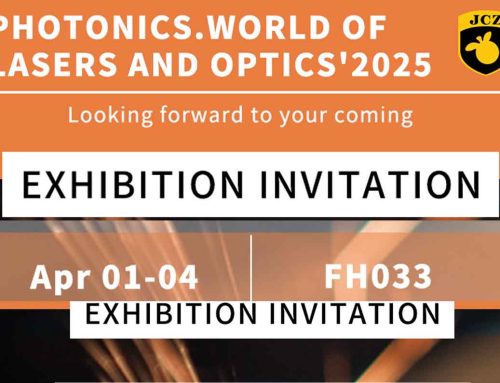Introduction to Pulsed and Continuous Lasers
Lasers are categorized into pulsed and continuous types based on how their energy is delivered. A pulsed laser emits bursts of light at specific intervals, while a continuous laser provides a steady stream of light over time. The advantages of pulsed lasers, such as the pulsed infrared laser, lie in their ability to deliver high power in short bursts, making them ideal for high-precision tasks. Meanwhile, continuous lasers are typically used for more consistent energy applications. Both types of lasers, when used effectively, offer solutions for industries requiring high accuracy and power.
The Role of Pulsed Infrared Lasers in Industrial Applications
Pulsed infrared lasers are commonly used in industrial settings for cutting, welding, and marking various materials. The pulsed laser light emitted by these infrared lasers provides precision in targeting materials like metals and plastics without excessive heat damage. This makes the pulsed infrared laser an essential tool for industries that require clean, sharp cuts and high-quality results. The ability to deliver controlled bursts of energy makes pulsed infrared lasers superior for micro-machining applications.
Q Switched Nanosecond Lasers: Precision and Speed
Q switched nanosecond lasers are a powerful type of pulsed laser, characterized by their ability to produce laser light in extremely short bursts—on the order of nanoseconds. This makes them perfect for applications like laser marking, engraving, and micro-machining, where high precision and minimal thermal effects are essential. With the q switched nanosecond laser, users can achieve fine detail in engraving and etching without damaging delicate materials. These lasers offer the speed and precision needed for high-quality laser processing in a range of industries, including electronics and jewelry.
MOPA Lasers: Flexibility and Performance
MOPA lasers (Master Oscillator Power Amplifier) are a specialized type of fiber laser that offers increased flexibility and performance compared to traditional fiber lasers. The key advantage of MOPA laser technology is its ability to independently control the pulse width and repetition rate, giving users more control over the laser’s characteristics. The MOPA fiber laser can produce high-quality results in engraving, marking, and cutting applications by adjusting pulse duration and energy, making it one of the most versatile lasers available. Whether it’s for marking metal surfaces or engraving intricate designs, MOPA fiber lasers deliver consistent and accurate results.
Understanding Fiber Laser MOPA Technology
Fiber laser MOPA systems combine the benefits of fiber lasers with the versatility of MOPA technology. These lasers provide superior beam quality, high efficiency, and the ability to fine-tune the pulse width and frequency for specific applications. The fiber laser MOPA is widely used in industries where precision and repeatability are critical, such as aerospace and automotive manufacturing. By controlling the pulse duration and frequency, users can tailor the laser’s output to suit various materials, from thin foils to thick metal plates, offering exceptional flexibility in processing.
The Power of 60W MOPA Fiber Lasers
The 60W MOPA fiber laser is an excellent choice for those who need a combination of power and precision in their laser applications. With 60W of power, this MOPA fiber laser is capable of efficiently marking and engraving a wide range of materials, including metals, plastics, and ceramics. The ability to adjust pulse width and frequency allows for different effects, from fine markings to deep engraving, making the 60W MOPA fiber laser a versatile solution for industrial marking, engraving, and cutting tasks.
MOPA Laser Engravers: Versatility in Action
MOPA laser engravers represent a key innovation in the laser engraving industry. These machines are powered by MOPA laser technology, offering enhanced control over laser parameters for various engraving applications. Whether you’re working with metals, plastics, or other materials, the MOPA laser engraver provides exceptional detail and depth. The ability to control pulse duration and repetition rate allows users to achieve different engraving effects, making MOPA laser engravers suitable for everything from fine artwork engraving to industrial part marking.
Conclusion: The Future of Pulsed and MOPA Laser Technology
Pulsed lasers, including pulsed infrared lasers and q switched nanosecond lasers, have revolutionized industries by offering precision, speed, and versatility. MOPA fiber lasers take these advantages further, allowing for fine control over laser characteristics to suit a wide range of applications. Whether it’s the flexibility of the MOPA laser engraver or the power of the 60W MOPA fiber laser, these technologies are shaping the future of laser processing across industries.
由用户投稿整理稿件发布,不代表本站观点及观点,进行交流学习之用,如涉及版权等问题,请随时联系我们(yangmei@bjjcz.com),我们将在第一时间给予处理。






